Don’t Farm Naked!
by Carrie Brown, Engineering Technician
Increase organic matter, protect soil, and improve next year’s crop by “clothing” your fields in Cover Crops this fall.
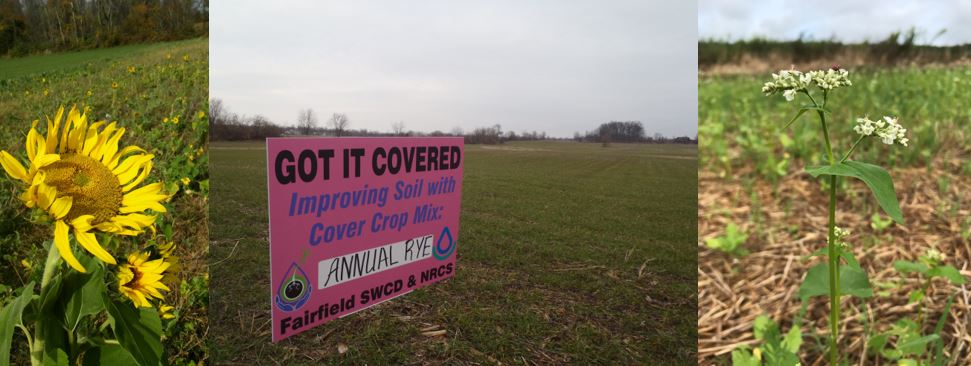
Cover crops are plants that are seeded into agricultural fields to improve or maintain the quality of the ecosystem found just under the surface. They are typically grown for the benefit of soil health rather than for crop yield.
While cover crops are typically planted in late summer or early fall after harvest, in some instances they are integrated into the cash crops (i.e. corn or beans) during the regular growing season.
Cover crops can be grown in a monoculture, however they are often mixed and planted as cover crop “cocktails.” These mixtures have synergy and often offer more benefits than each single species could alone.
Cover crops are the superheroes of the off-season, as they provide a multitude of benefits to both the farmer and the environment.
There are many advantages to having living roots in the ground year-round.
Benefits to the Producer:
* Reduces erosion by keeping sediment in place
* Improves soil quality by increasing organic matter
* Reduces soil compaction and increases water-holding capacity
* Suppresses weeds by providing competition
* Controls diseases and pests by breaking disease cycles
Benefits to the Environment:
* Enhances biodiversity and soil health by keeping beneficial soil microbes alive
* Increases soil infiltration, reducing risks of flooding, leaching, and runoff
*Creates wildlife habitat
* Supports pollinators and beneficial insects
Let’s take a closer look at a few Cover Crop species we’ve encountered in the field this season:
Cereal Rye
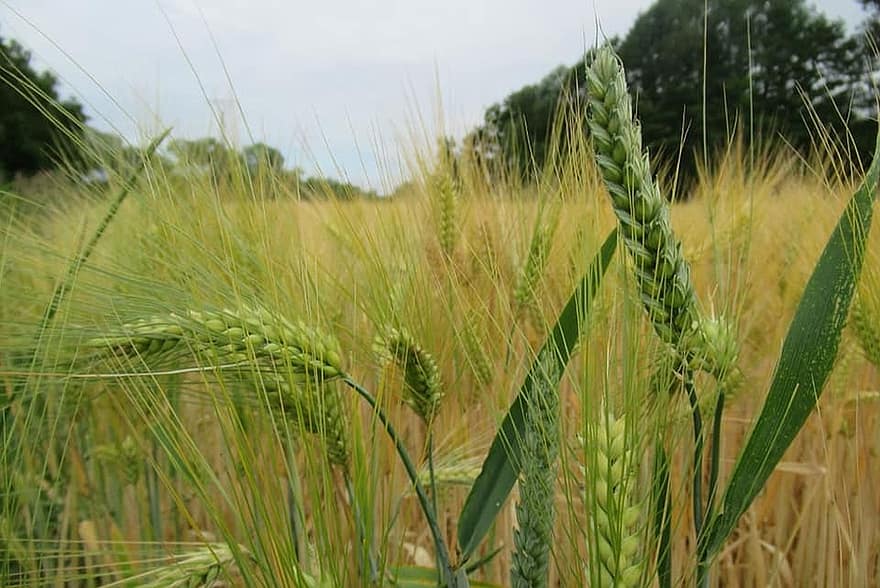
Cereal rye is one of the most common cover crops due to its hardy nature. It is a quick-grower, allowing it to be seeded later in the fall than many other cover crops. Its tall stature allows it to serve as a windbreak and is effective at trapping and holding snow and rainfall over the winter season.
Benefits: Fibrous root system readily uptakes unused soil Nitrogen and prevents soil erosion; Can fit in a variety of crop rotations; Excellent source of residue in no-till and minimum-tillage systems; Easy to establish and very effective at outcompeting weeds
Fall Establishment: August – November
Winter kill? No
Oilseed Radish
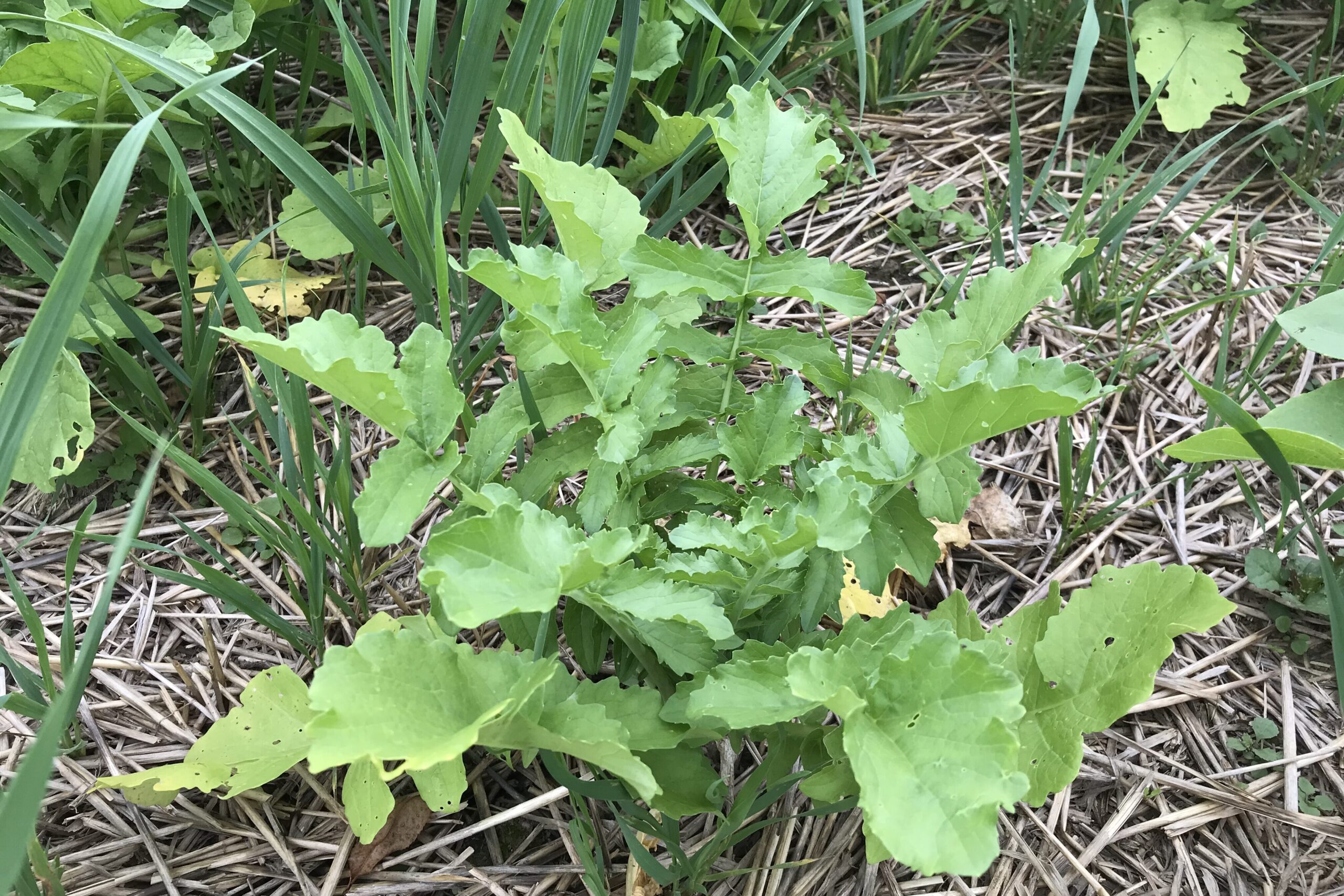
Oilseed radish is a unique cover crop that is growing in popularity due to its ability to improve soil quality. A top-notch soil nutrient recycler, this member of the mustard family is terminated by freezing temperatures and easily decomposes, allowing nutrients to become available for spring crops.
Benefits: Fast growth provides quick ground cover to protect against soil erosion; Thick, deep taproot breaks up compacted soils and draws nutrients from deep soil layers; Can be used as livestock forage
Fall Establishment: August-September or as Prevented Planting
Winter Kill: Yes
Crimson Clover
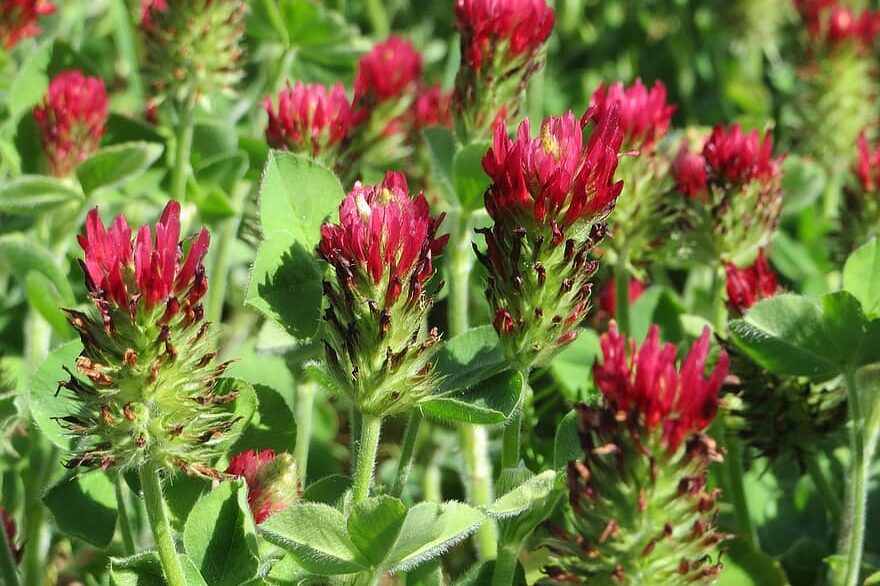
Crimson clover grows quickly during cool weather and has a high tolerance for shade, which makes it ideal for interseeding or planting as a living cover in orchards.
Benefits: Provides a Nitrogen source for succeeding crops; Increases soil organic matter and decreases soil erosion; Provides competition to decrease weed pressure; Can be used as a forage or pasture species; Tolerates many soil types
Fall Establishment: August – September
Winter kill? No, but mow kill after early bud stage
Winter Wheat
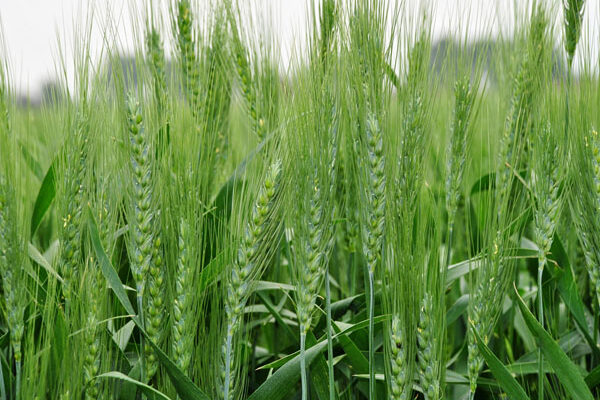
Winter wheat is a very versatile crop. It can be grown for cash grain or cover crop, and offers a grazing option as well. It’s less likely than barley or rye to become a weed and is easier to kill. And since it is slower to mature than some cereals, the spring kill timing is more flexible.
Benefits: Provides erosion control and competes well with weeds once established; Enhances cycling of N, P and K; Can be grown as a cash crop or cover crop; Plentiful source of straw and stubble residue; Effective at building topsoil due to fine root mass
Fall Establishment: After Hessian fly-free date of October 3rd
Winter kill? No
Buckwheat
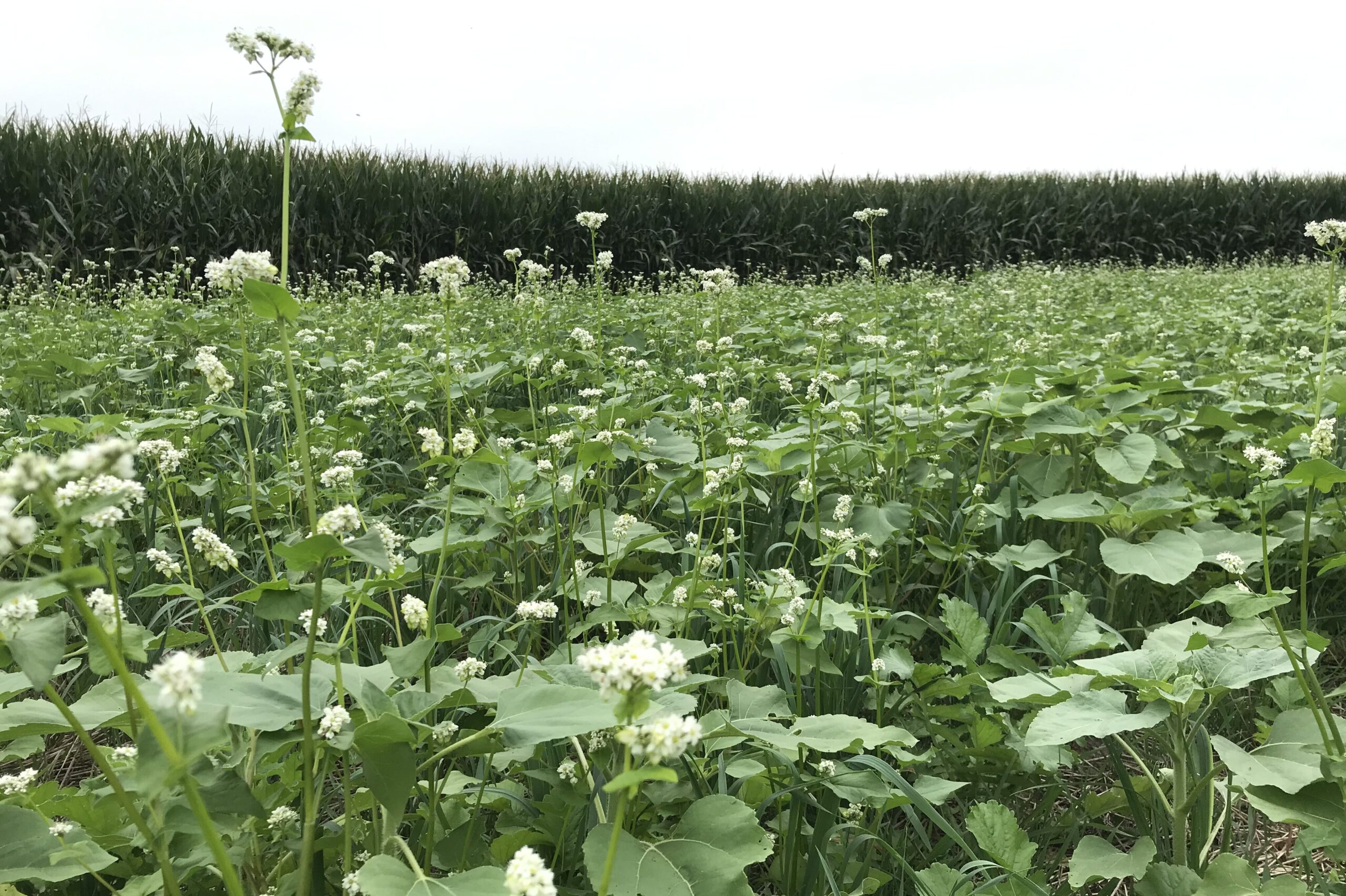
Buckwheat is a fast-growing crop found most often in the northern tier of the United States. Its profuse white flowers are quite striking, and its long bloom period of 6 to 8 weeks makes it a good food source for pollinators. Buckwheat is most often found in cover crop “cocktails” which may include other species such as clover, radish, and sunflower.
Benefits: Provides rapid growth with an abundance of fine roots; Performs high in low fertility fields and is an effective Phosphorus scavenger; Good food source for bees and other pollinators
Fall Establishment: May – July
Winter kill? Yes
Sunflowers
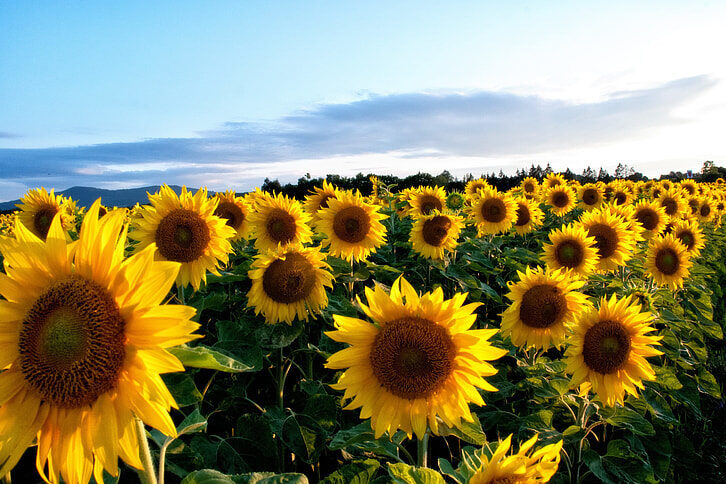
Though not always thought of as a cover crop, sunflowers offer many benefits to soil health. Their deep taproots make them great Nitrogen scavengers, and they support a huge number of pollinators.
Benefits: Offers a diverse root structure that builds soil health; Effective competitor to weeds; Serves as a food source for pollinators and attracts beneficial insects that can reduce insecticide applications
Fall Establishment: Summer
Winter kill? Yes
